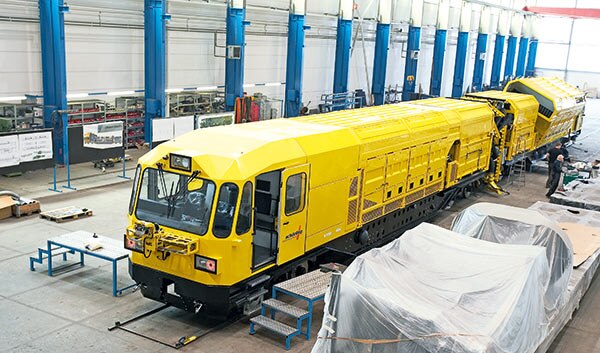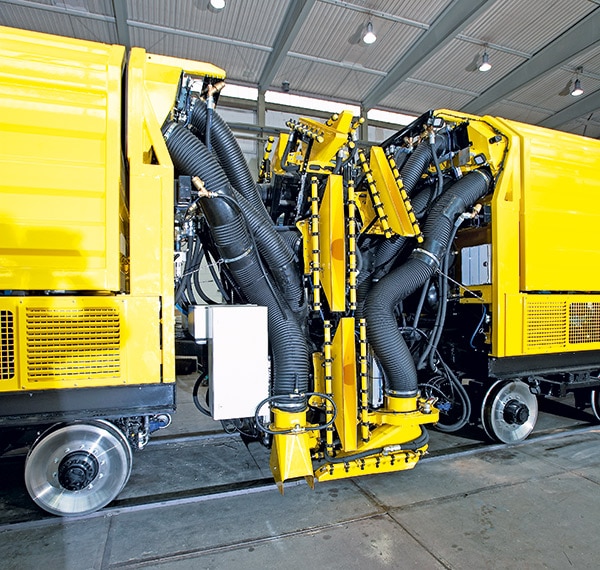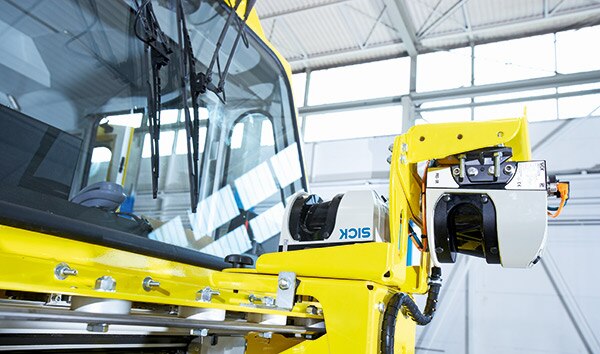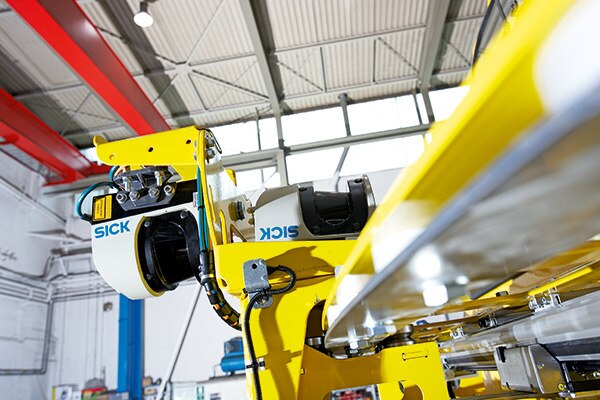For cleaning subway tunnels, the special equipment supplier Schörling has developed a self-propelled train, equipping it with intelligent sensor technology from SICK. In dark tunnels, this technology detects early on signaling installations, distribution boxes, or other obstacles, thus enabling accident-free cleaning of the tunnel walls, ceilings, as well as the track bed.

One of the major advantages of the new train is efficient combating of fine particulate matter in metro tunnels, since fine dust is not only harmful to humans but also increases wear and tear of machines, thus causing high costs, says Daniel Eberhardt, Product Manager at Schörling. With the water-free cleaning method using vacuum cleaners that was now implemented we ensure the cleaning elements can drive up very close to the tunnel infrastructure in automated mode, something that would not be possibly manually.
 The tunnel cleaning trains from Schörling Kommunal are equipped with 13 vacuum hoses, enabling 360-degree cleaning of the tunnel walls.
The tunnel cleaning trains from Schörling Kommunal are equipped with 13 vacuum hoses, enabling 360-degree cleaning of the tunnel walls.
Recently, Schörling delivered the first self-propelled tunnel cleaning train to Beijing, with another one for London being implemented just now. In addition, formal negotiations are reportedly underway with six to seven other subway operators.

For this solution, SICK used four 2D laser scanners of the LMS511 family featuring a frequency of 100 hertz. During the cleaning process, these devices constantly scan the tunnel system. In this way, one can move the individual cleaning hoses up close to the track bed, tunnel walls, and tunnel ceiling. Using the intelligent technology, the high-tech vehicle masters obstacles and signs as well. Since the train is able and intended to travel in both directions, two of these scanners were mounted in front of the train on each side on a special guide rail, explains Uwe Auringer, responsible for the project on behalf of SICK. Each of these scanners covers an area of 190 degrees, resulting in the detection of the entire 360-degree sector using two scanners per side, with added capacity available for overlap.

In the process, the LMS511 sensors scan the tunnel profile to be cleaned, detecting the next 20 meters of the subway section. Using a laser diode, the devices emit so-called pulsed laser beams. When these beams hit an object or person, they are reflected, with the receiver of the laser device absorbing and processing the reflection. Subsequently, calculation of the distance and angle vis-à-vis the object takes place and the object is located precisely within the given space. For the purpose of controlling the cleaning unit of the tunnel cleaning train, currently the use of laser scanners from SICK is the best and most practicable solution on the market, says Schörling Project Manager Eberhardt. No other company provides a similar all-included package, ranging from recording to processing information; whats more, according to our state of knowledge, none of the competitors products reach the technical capabilities of the LMS511 product family.

- Product information: LMS511 2D laser scanner
- Product portfilio: Outdoor laser measurement technology

